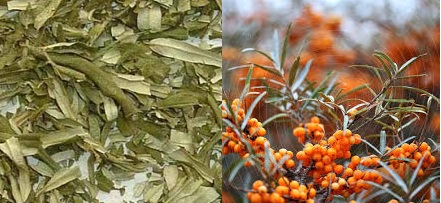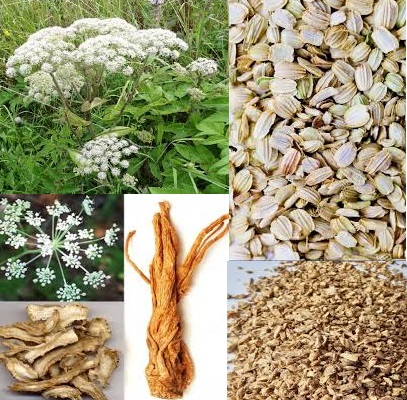1. Why Elderberry?
Elderberries are known for their high antioxidant content and immune-boosting properties. This superfruit is used in syrups, supplements, wines, and even skincare products. The rising demand for natural remedies has increased the market potential for elderberry products, making it a lucrative crop.
2. Starting an Elderberry Farm
Choosing the Right Variety: Common varieties for commercial production include Sambucus nigra (European elderberry) and Sambucus canadensis (American elderberry). Consider climate, yield, and disease resistance when selecting.
Soil and Climate: Elderberries prefer well-drained, loamy soil with a pH of 5.5 to 6.5. They thrive in zones 3 to 9, depending on the variety.
Planting and Care: Elderberries need consistent moisture, so irrigation is key. They also require annual pruning and fertilization to promote healthy growth and fruit production.
Harvesting: Berries are typically ready for harvest in late summer. Hand-harvesting is common, but mechanical harvesters can be used for larger operations.
3. Costs and Considerations
Initial Investment: Costs include land preparation, purchasing plants, irrigation systems, and equipment. Expect to spend on average $3,000 to $5,000 per acre to establish an elderberry farm.
Ongoing Costs: These include labor, fertilizers, pest control, and maintenance of equipment. Labor is often the largest ongoing expense, especially during the harvest season.
Time to Profitability: Elderberry plants generally take 2 to 3 years to produce a full harvest. You may start seeing returns by year three or four, depending on your market and yields.
4. Profitable Products
Fresh or Frozen Berries: Selling directly to consumers or to manufacturers who produce elderberry products.
Processed Goods: Elderberry syrup, tinctures, gummies, or dried berries can fetch higher prices than raw berries.
Value-Added Products: Consider creating your own line of elderberry products, such as jams, jellies, wines, or even cosmetics.
5. Marketing Your Elderberry Business
Direct to Consumer: Farmers’ markets, local co-ops, and online sales through your website or platforms like Etsy can be profitable.
Wholesale: Selling in bulk to supplement manufacturers, wineries, or food producers is a scalable option.
Niche Markets: The health and wellness market is ideal for elderberry products. Highlight the immune-boosting benefits of elderberries in your marketing to attract health-conscious consumers.
6. Challenges to Consider
Pests and Diseases: Birds, insects, and fungal diseases can affect elderberry crops. Implementing proper pest control measures and disease-resistant varieties can mitigate these issues.
Regulatory Requirements: Depending on your location and the products you plan to sell, you may need to comply with food safety regulations or organic certification if you pursue organic farming.
7. Financial Outlook
Potential Revenue: Well-maintained elderberry farms can produce anywhere from 3,000 to 7,000 pounds of berries per acre. With fresh berries selling for $2 to $5 per pound, and processed products commanding even higher prices, profits can be substantial.
Diversification: Consider diversifying your offerings by growing other complementary crops or offering agritourism activities, such as elderberry picking or educational farm tours.
8. Case Study: Successful Elderberry Farms
Research existing elderberry farms that have turned a profit. Learn from their experiences and best practices. Some farms have expanded into value-added products, while others have focused on selling to niche markets, such as organic or natural health stores.
Conclusion
Elderberry farming can be a profitable venture, but it requires careful planning, investment, and dedication. The growing demand for elderberry products in the health and wellness industry presents a unique opportunity for farmers willing to capitalize on this superfruit.















